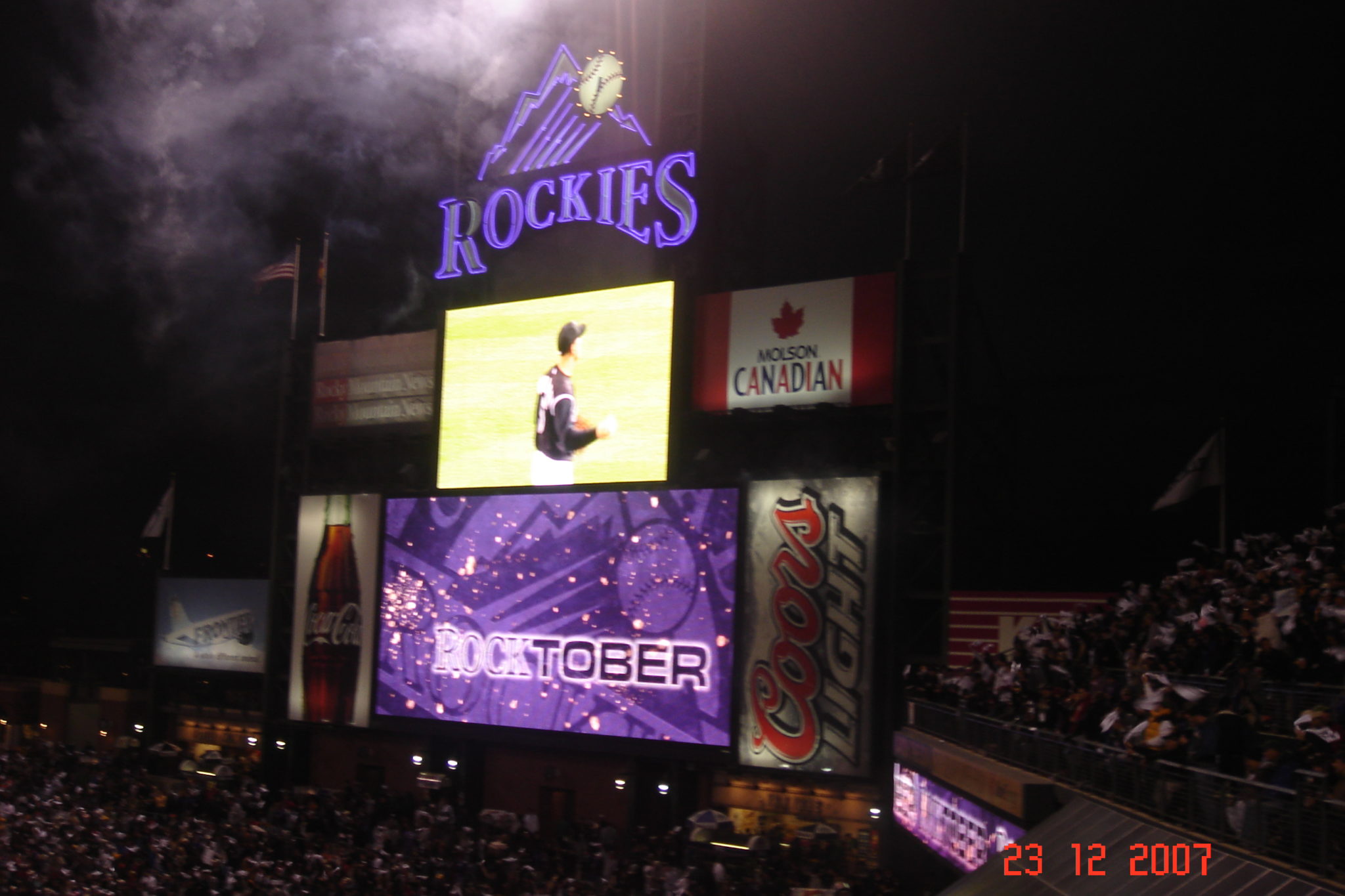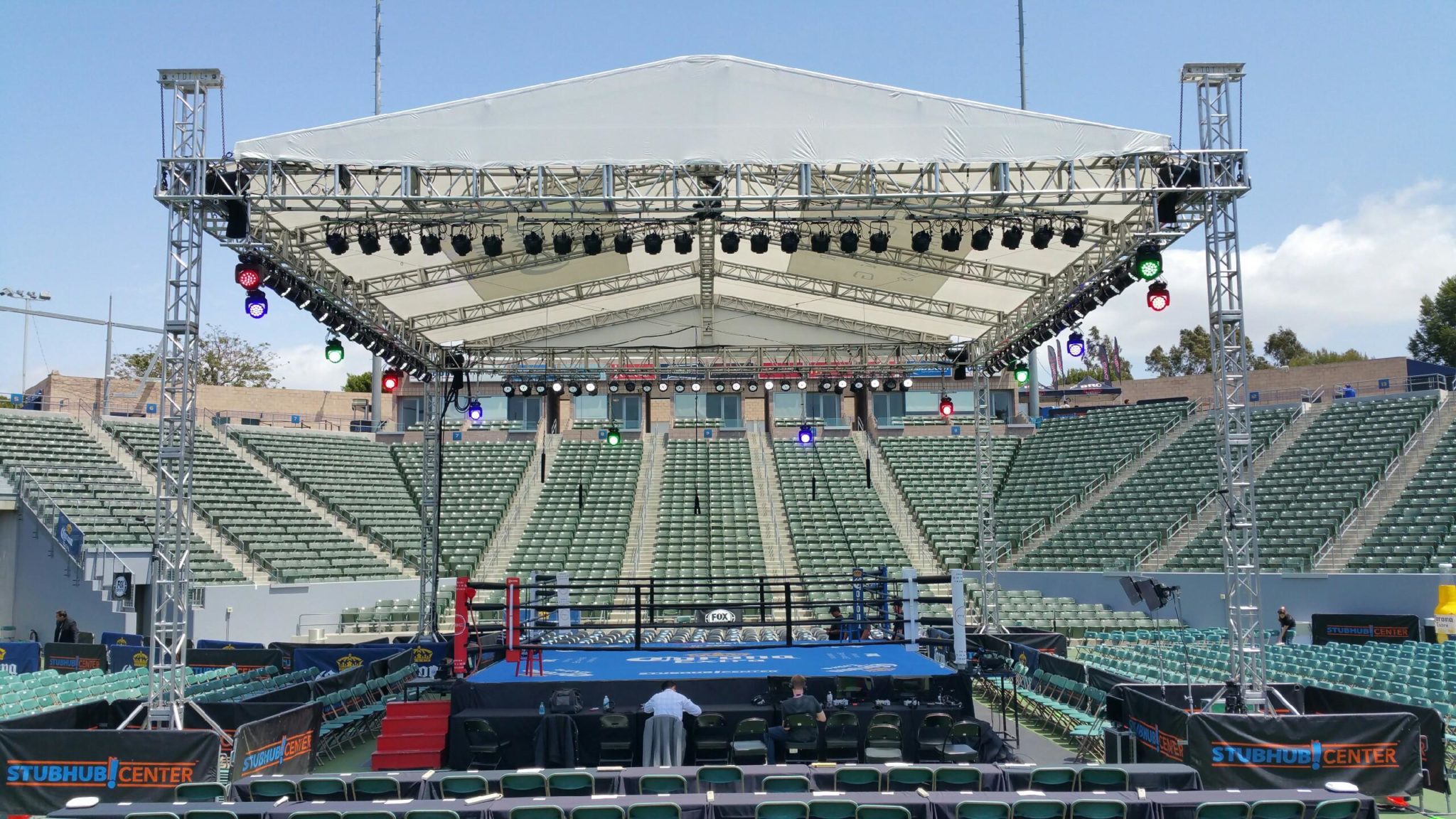A staple at sports arenas and stadiums around the world, the JumboTron changed the way that people view everything from sporting events and concerts to church services. The technology is considered essential today and its history epitomizes the spirit of invention.
Though Sony is associated with the JumboTron today, Mitsubishi was an early pioneer in technology for large screen displays, with an early version debuting in 1980 at Dodger Stadium during the Major League Baseball Game in Los Angeles, CA. At that time, it was touted as “the biggest television in the world.”
The LED technology that’s now associated with the Kiss Cam at sporting events is the result of Yasuo Kuroki that was the creative director at Sony. The Sony JumboTron appeared at the Japan tech expo in 1985. The technology was an unequivocal success and soon sports teams wanted to have their own JumboTron.
The JumboTron has undergone a number of innovations and changes throughout the years to provide better picture quality. One of the first JumboTrons was at the former Tampa Stadium in FL. That screen measured 30 ft. diagonally with a visual resolution of 240×192 pixels. It was followed later by a screen that measured 72 ft. tall, 160 ft. wide, and with a resolution of 1920×1080 pixels.
In the early days of its use, the JumboTron didn’t utilize an LED display. Blue LEDs weren’t available, only green. Colors didn’t always appear quite “right.” The screens were transitioned into LED technology when pure green and blue LEDs were developed. LED lights provide longer longevity, which makes them more cost effective.
The JumboTron hasn’t been without its share of controversy. As venues got larger and fans became farther away from teams and performers, they spent more time watching the screen than they did the action in front of them. The JumboTron took on a life of its own and became the centerpiece rather than an enhancement to the experience.
It’s interesting to note that author, Ray Bradbury, foresaw the rise of the JumboTron in his book “Fahrenheit 451” published in 1953. It only took a little over 30 years for the giant screens to become a reality and “part of the show.” Whether people love it or hate it, one thing is for certain – the JumboTron will continue to be part of the overall entertainment experience around the world for many years to come.
Frank Gatto & Associates, Inc. are specialists in lighting for television events of all kinds. If you have an event that needs expert lighting, please call us today to see how we can help.
Phone: 561-368-0101
Email: frank@frankgattolighting.com
We can be found on Social Media at the following links.



